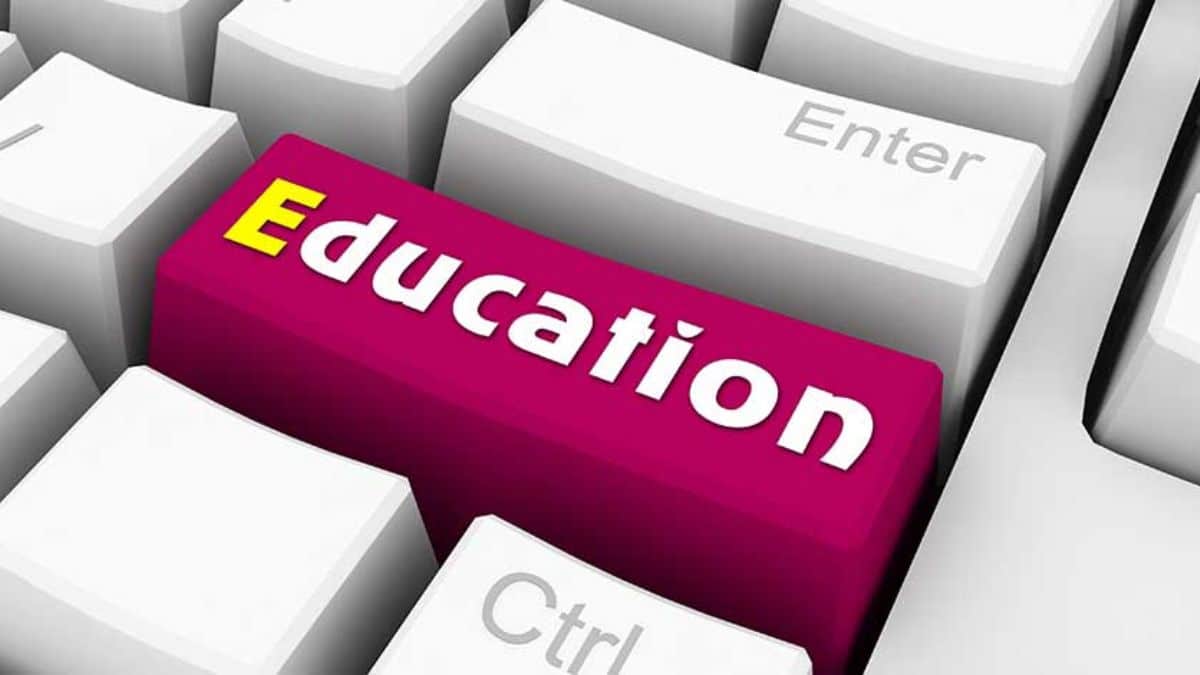Artificial Intelligence, is a rapidly advancing technology that has made a significant impact across various industries. It involves the development of intelligent machines capable of performing tasks that typically require human intelligence. From healthcare to finance, AI has proven its potential in revolutionizing traditional systems. One area where AI holds immense promise is education. With the use of AI in education, the traditional education system can be transformed in numerous ways, leading to enhanced learning experiences and improved outcomes for students. In this article we will see How use of AI can Transform Traditional Education system.
What do we mean by AI in Education?
AI in education refers to the application of Artificial Intelligence technologies and techniques in the field of education. It involves the use of intelligent machines and algorithms to enhance teaching, learning, and administrative processes within educational institutions. AI in education aims to improve educational outcomes, increase efficiency, and personalize learning experiences for students. AI technologies, such as machine learning and natural language processing, play a crucial role in transforming traditional education with AI.

1. Machine Learning: Machine learning is a subset of AI that focuses on developing algorithms that enable computers to learn and make predictions or decisions without being explicitly programmed. In education, machine learning can be utilized to analyze large amounts of student data, identify patterns and trends, and provide personalized recommendations for learning resources and interventions. It can also be used to create intelligent tutoring systems that adapt to individual student needs and provide targeted feedback.
2. Natural Language Processing (NLP): NLP involves the interaction between computers and human language. It enables machines to understand, interpret, and generate human language, including speech and text. In education, NLP can be applied in various ways.
For example, it can be used to develop chatbots or virtual assistants that can answer students’ questions, provide guidance, and support their learning journey. NLP can also be used to analyze and evaluate students’ written assignments, providing automated grading and feedback.
3. Intelligent Content Recommendation: AI technologies can analyze vast amounts of educational content and generate personalized recommendations for students. By using machine learning algorithms, AI can assess students’ learning styles, preferences, and performance data to suggest appropriate and relevant learning resources. This helps students access materials that align with their individual needs and interests, enhancing their engagement and learning outcomes.
4. Predictive Analytics: AI can analyze historical and real-time data to make predictions about student performance, identify at-risk students, and suggest interventions to support their progress. By analyzing factors such as attendance, grades, and engagement patterns, AI algorithms can provide early warnings for potential challenges and allow educators to intervene proactively.
Potential benefits of AI in transforming the traditional education system
AI in education has the potential to bring about numerous benefits and transform the traditional education system. Let’s explore some of these benefits and discuss how AI can make a positive impact:

1. Personalized Learning: AI can provide personalized learning experiences by analyzing individual student data and adapting instructional content accordingly. It can assess students’ strengths, weaknesses, and learning styles to tailor educational materials, pace, and strategies to their specific needs. This promotes more effective and engaging learning, as students receive targeted support and content that aligns with their abilities and interests.
Example: Adaptive learning platforms, such as Knewton and DreamBox, use AI algorithms to create personalized learning paths for students based on their performance and progress data.
2. Adaptive Assessments: AI can revolutionize the assessment process by offering adaptive assessments that adapt to the student’s level of knowledge and skills. These assessments dynamically adjust the difficulty and type of questions based on the student’s responses, providing a more accurate and comprehensive evaluation of their understanding.
Example: The Graduate Record Examinations (GRE) revised General Test uses AI algorithms to adapt the difficulty level of questions as the test progresses, ensuring a more precise assessment of the test taker’s abilities.
3. Intelligent Tutoring Systems: AI-powered tutoring systems can provide personalized guidance and support to students, simulating the experience of a human tutor. These systems use AI technologies, such as natural language processing, to understand and respond to students’ questions, offer explanations, and provide feedback. They can adapt to the student’s learning pace and style, offering targeted interventions and recommendations.
Example: Carnegie Learning’s Cognitive Tutor is an intelligent tutoring system that uses AI techniques to provide personalized instruction in mathematics, adapting to each student’s needs and offering real-time feedback.
4. Efficient Administrative Processes: AI can automate administrative tasks in education, saving time and resources for educators and administrators. It can handle routine tasks like grading assignments, generating reports, and managing student records, allowing educators to focus more on instructional activities and personalized interactions with students.
Example: Turnitin is an AI-powered platform that automates plagiarism detection, helping educators assess student work efficiently and maintain academic integrity.
5. Data-Driven Decision Making: AI enables educators and administrators to collect and analyze large amounts of data on student performance, engagement, and behavior. This data can inform evidence-based decision making, allowing for targeted interventions and improvements at both the individual and systemic levels. AI algorithms can identify patterns, trends, and areas for improvement, helping educators make data-driven decisions to enhance learning outcomes.
Example: The Rio Rancho Public Schools district in New Mexico used AI analytics to analyze student data and identify at-risk students, leading to targeted interventions that significantly improved graduation rates.
These are just a few examples of how AI can transform the traditional education system and bring about significant benefits. The personalized learning experiences, adaptive assessments, intelligent tutoring systems, administrative efficiency, and data-driven decision making facilitated by AI can enhance education, improve student outcomes, and create a more engaging and effective learning environment.




